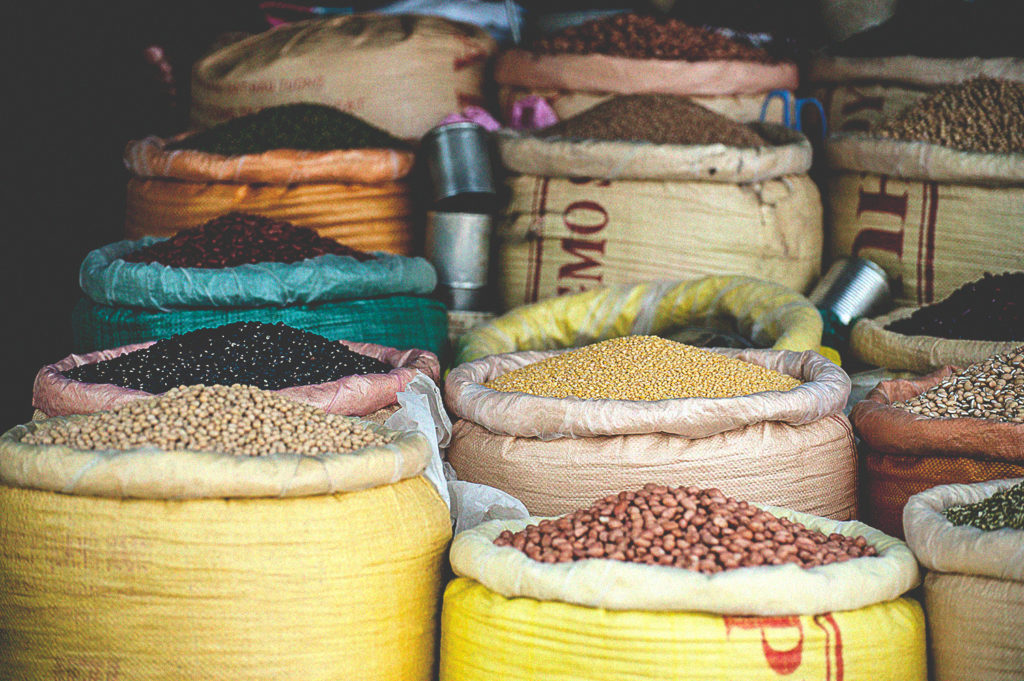No, if they had researched the question already, then they wouldn't have bothered to ask here

I do not agree with the rest of you that you can simply abandon all thought when it comes to protein and amino acids. The "just eat healthy foods" or "just eat a balanced diet" sort of responses to these questions are unhelpful because, let's face it, the majority of the population have absolutely no idea whatsoever what that actually means.
Also, the "all vegetables contain all essential amino acids" statement is of course factually correct, but masks the fact that some of these amino acids are only found in negligible amounts in most vegetables - you have to eat legumes or products containing legumes to get significant amounts of lysine, for example, although I believe there are a few exceptions like quinoa and seitan.
A person could perfectly well be consuming just brown rice, wholewheat pasta, vegetables, fruit, maybe some oats and almond milk, and "a big salad" because that's super healthy, right? But little to no legumes (beans, lentils, chickpeas, peanuts and so on) because they don't like the taste, never ate that before they went vegan, and/or are afraid of gas or bloating, and then end up with a sub-optimal lysine intake.
Personally, I follow the rule that a proper meal should contain legumes of some kind, since legumes provide lysine, which is the typically limiting amino acid in vegan diets. Yes, the different amino acids don't have to be in the same meal for the body to make use of them, but if they are, then I don't have to worry about it later, and have to cook a special meal late in the day to make up for my unbalanced meals earlier.
Also, since no one else attempted to try to explain how seitan is "complete protein" while other wheat products are not:
Seitan is different from just wheat because seitan is more or less wheat protein, i.e. wheat without so much of the non-protein components. Therefore, as there is some lysine in wheat, when the protein is extracted/purified like this, the amount of lysine per volume in seitan becomes higher than the ratio of lysine per volume in, say, bread or pasta. In fact it gets high enough to qualify as "complete protein".

